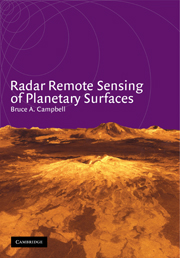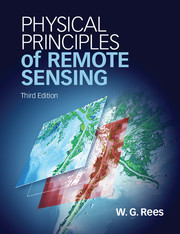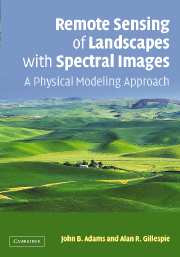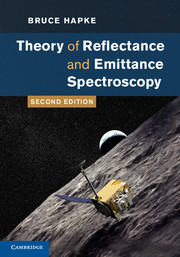Radar Remote Sensing of Planetary Surfaces
This 2002 introduction to the use of radar for remote sensing of natural surfaces provides the reader with a thorough grounding in practical applications, focusing particularly on terrestrial studies that may be extended to other planets. An historical overview of the subject is followed by an introduction to the nomenclature and methodology pertaining to radar data collection, image interpretation and surface roughness analysis. The author then presents a summary (illustrated with black and white examples from the natural environment) of theoretical explanations for the backscatter properties of continuous rough surfaces, collections of discrete objects, and layered terrain. Case studies of radar surveys of the Moon, Mercury, Venus and Mars complete the book. The level is appropriate for students and professionals across a broad range of scientific disciplines including Earth and planetary sciences, electrical engineering, and remote sensing. Particular emphasis is given to practical geological and geophysical studies of the terrestrial planets.
- Presented at a level appropriate for a multidisciplinary audience, from undergraduate students to professionals in the Earth and planetary sciences, electrical engineering, and remote sensing.
- Gives a broad overview of planetary science radar applications
- Illustrated with examples from radar surveys of the Moon, Mercury, Venus and Mars
Product details
June 2011Paperback
9780521189651
350 pages
244 × 170 × 19 mm
0.56kg
Available
Table of Contents
- 1. Historical overview
- 2. Radar scattering terminology
- 3. Roughness and dielectic properties
- 4. Radar data collection and analysis
- 5. Theoretical treatment of scattering by rough surfaces
- 6. Radar scattering from continuous rough surfaces
- 7. Radar scattering from collections of objects and layered terrain
- 8. Planetary radar studies: The Moon, Mercury, and asteroids
- 9. Planetary radar studies: Venus and Mars
- List of symbols
- References.





